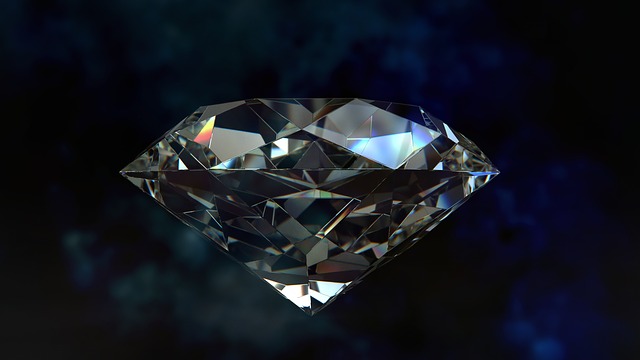You will all know the classic lines from every great Hollywood film and from the marketing geniuses behind every Valentines Day ad campaign. They both harp on about how diamonds are a woman’s best friend and how they will last forever.
A diamond is meant to be the way to win a woman’s heart and to show just how much they really mean to a man. It is the stereo-typical statement of wealth and love, which we have been programmed to follow.

That was until we found another crystal which has all the characteristics of a diamond, but with a fraction of the cost. Then at this point the Cubic Zirconia became man’s best friend and he was finally able to save thousands on that engagement ring. Very few people were truly able to tell the difference between the two rocks and it lead to a sharp rise in sales of the alternative crystal.
Once experts were able to consistently tell the difference between a Cubic Zirconia and a real diamond, the jewellery industry was back on the diamond bandwagon. It ruled the engagement rings once again and became the mainstay at any wedding. Nothing would ever come close to the real diamond in this market ever again.
Then the synthetic diamond market boomed. Scientists had managed to find a way to mass produce crystals which were almost as hard as diamonds for a mere fraction of the costs. The crystals are the second hardest stones known and are used extensively in the engineering and manufacturing industries.
The stones are used to create finely precise cutting discs which are capable of cutting through pretty much every material, but with minute precision. The hardness of the synthetic diamond not only allows it to cut through almost every other material, but ensures that the cutting discs last longer than any of their near counterparts.
The synthetic industrial diamond substitute is not just used for it’s hardness and durability. One of the largest factors in mechanical failures is overheating. The synthetic diamond carries many of the properties of the natural diamond, including it’s ability to conduct and disperse heat. Using the diamonds on industrial equipment, manufactured machines and even air planes, allow the designers to be able to plan for higher operating temperatures, whilst still being outside of the failure window.
One of the most prevalent synthetic diamonds is manufactured by Element Six. The Polycrystalline Cubic Boron Nitride (PCBN) and the Polycrystalline Diamond (PCD) have become standard industry elements. Being able to offer the second hardest material in the world, is one of the biggest selling points of the PCBN. The only element it will not easily cut through is the natural diamond itself.
